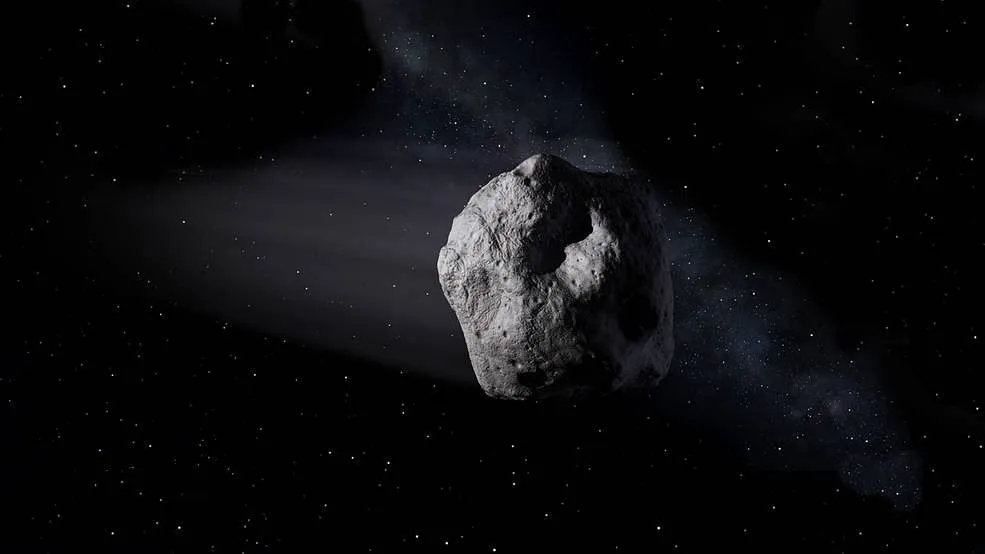Washington, May 16: In a breakthrough, the powerful James Webb Space Telescope has found the presence of water around a comet in the main asteroid belt for the first time.
Using Webb’s NIRSpec (Near-Infrared Spectrograph) instrument, astronomers confirmed gas — specifically water vapour — around Comet 238P/Read, indicating that water ice from the primordial solar system can be preserved in that region.
“In the past, we’ve seen objects in the main belt with all the characteristics of comets, but only with this precise spectral data from the Webb can we say yes, it’s definitely water ice that is creating that effect,” explained lead author and astronomer Michael Kelley of the University of Maryland.
“With Webb’s observations of Comet Read, we can now demonstrate that water ice from the early solar system can be preserved in the asteroid belt,” Kelley said. The study was published in the journal Nature.
Comet Read is a main belt comet — an object that resides in the main asteroid belt but which periodically displays a halo, or coma, and tail like a comet. Main belt comets themselves are a fairly new classification, and Comet Read was one of the original three comets used to establish the category.
Before that, comets were understood to reside in the Kuiper Belt and Oort Cloud, beyond the orbit of Neptune, where their ices could be preserved farther from the Sun.
Frozen material that vaporises as they approach the Sun is what gives comets their distinctive coma and streaming tail, differentiating them from asteroids.
Scientists have long speculated that water ice could be preserved in the warmer asteroid belt, inside the orbit of Jupiter, but definitive proof was elusive — until Webb.
However, unlike other comets, Comet 238P/Read had no detectable carbon dioxide (CO2) which makes up about 10 per cent of the volatile material in a comet that can be easily vaporised by the Sun’s heat.
The team speculated that Comet Read had CO2 when it formed but has lost that because of warm temperatures.
“Being in the asteroid belt for a long time could do it — CO2 vaporises more easily than water ice, and could percolate out over billions of years,” Kelley said. Alternatively, he said, Comet Read may have formed in a particularly warm pocket of the solar system, where no carbon dioxide was available.
The next step is taking the research beyond Comet Read to see how other main belt comets compare.
“Now that Webb has confirmed there is water preserved as close as the asteroid belt, it would be fascinating to follow up on this discovery with a sample collection mission, and learn what else the main belt comets can tell us,” said Stefanie Milam, Webb deputy project scientist for planetary science.







